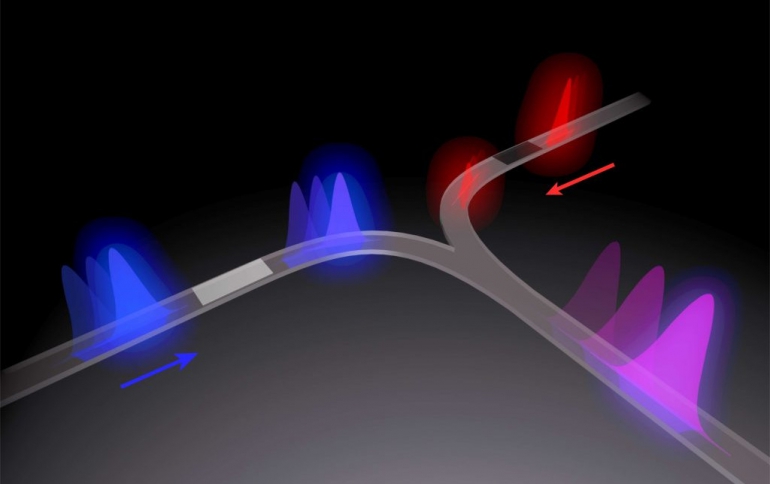
Light Could be the Answer to the Future of Energy-efficient and Faster Computing
IBM researchers have published a new research paper describing an all-optical approach to developing direct in-memory multiplication on an integrated photonic device based on non-volatile multilevel phase-change memories.
Electronic phase change memory (PCM) is an emerging non-volatile memory technology that could play a significant role in future computing systems. Using integrated photonic technology will potentially offer attractive solutions for using light to carry out computational tasks on a chip in future.
This concept of implementing in-memory computing on an integrated photonic chip has the ability to further transform the computing landscape, especially since speeds and bandwidths working directly on an optical domain are increased. In a nutshell, this means faster detection, expanded operations, and decreased energy consumption.
In recent years, integrated photonic memories have been widely investigated. However, researchers have not been able to overcome the challenges pertaining to energy switching, speed, and detection latency that arise when carrying out computational tasks on the same device simultaneously implementing memory function. IBM's research team set out to address these very challenges.
In their work, they demonstrate the first instance of a photonic computational memory for direct scalar multiplication of two numbers, using a single integrated photonic memory change cell. Their device relies on the distinct interaction of two pulses, both of which represent a number to be multiplied. One pulsation gives energy above the switching threshold to induce structural changes in the material, and the other below in an integrated photonic waveguide. Going a step further, the researchers then used non-volatile photonic elements based on the phase change material (Ge2Sb2Te5) to achieve direct scalar and matrix-vector multiplication.
In-memory computing already breaks the processor-memory dichotomy allowing processing to take place in the memory elements. An electrical implementation of such a system is able to carry out complex tasks such as scalar multiplications, correlation detection, and compressed sensing recovery. Moving from an electrical to an optical domain has even more advantages. In photonic implementations of in-memory computing on an integrated photonic chip, not only do speed and bandwidths increase, detection latency also improves as processing takes place directly on an optical domain using light.
Essentially, IBM's findings confirm the potential of phase-change materials in photonic hardware. The reserchers prove that it is possible to combine integrated optics with collocated data storage and processing to enable all-photonic in-memory computations. And by optimizing the ratio of memory cell size to pulse width in their integrated photonic device, they were able to significantly decrease energy consumption. This enables pulse-shaping routes and optimizes the device design to make further gains in energy and speed.
This all-optical approach is easy to fabricate and operate. Moreover, it sets the stage for developing fully photonic operating computers. What’s more, matrix-vector multiplication operations using multiple phase memory cells have the potential to underpin key processing operations in computational areas such as big data analytics and artificial intelligence. But the list does not stop there. Such an architecture could efficiently solve systems of linear equations and advance various other emerging computational areas, including machine learning and deep learning. The next step is to figure out how to neatly scale up matrix sizes on photonic chips — a challenge that IBM's researchers are working on right now.





















